Take your online presence to the next level with brand photography
We all know how essential marketing is to a brand’s success. Strong visuals like a creative storefront display or eye-catching graphics can attract customers. A brand photography session is another way to strengthen your business identity.

Did you know Beyonce has an archive with hundreds of thousands of photos and countless hours of video from her career? She is one of the most prolific archivists in our lifetime. All that content keeps her connected with her MANY loyal fans. She also uses it to grow her community even more.
Guess what? It works! People can’t get enough. They want to know her, know what she’s creating, and get a glimpse into daily life.
So, what do you and Bey have in common? You’re both your own brand. Take a page from her book. Let your clients see the face behind the brand.
“When done well, storytelling can do wonders for a business: turn a brand into a legacy, create a robust marketing strategy, generate profit, and win the loyalty and affection of audiences, to name just a few.” – Celinne Da Costa
What to know about brand photography
In this article, I’ll walk you through:
- What is branding photography
- What to expect during a brand photoshoot
- Where to take brand pictures
- What to do with your photos
- The time commitment
- Pricing for branding photoshoots
- How often to update your picture
What is brand photography?
Branding photography is a way to communicate the core of your business through images. Simply put, it involves creating a series of pictures that showcase the people behind the brand, the product or service being offered, the production process, and the overall experience of the service. It includes photographs of the space where the product is created or consumed or where the service is experienced.
What’s the process of creating a branding photoshoot?
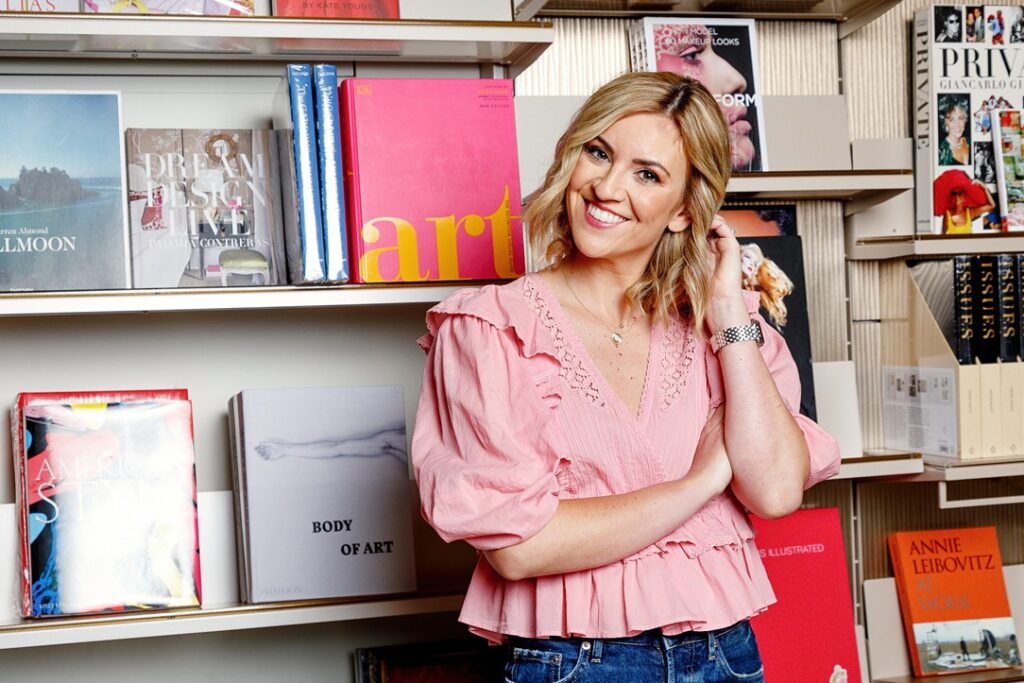
The first step to creating dynamic brand photos is to sit down with your photographer to bullet point defining elements of your brand’s story. Like an interior designer or a therapist, asking questions and acutely listening are essential in identifying the best way to tell a brand’s story. I’ll ask questions like: How did you get your start? Where do you do your work? How many people are involved? Is there a mission statement? Do you have a brand style board (often the case if a brand works with a graphic designer)?
In addition to these straightforward questions, I might ask more abstract questions like: What music do you listen to most often when you’re alone? What’s your favorite clothing store? How do you picture your dream home looking?
These questions help refine a path forward for your branding shoot. Based on your answers, I’ll create a shot list and summary to identify your photoshoot’s artistic style. For example, a Pilates instructor might want bright, backlit images that feel natural, intimate, and inviting. In contrast, a personal trainer for a bodybuilding competition might want high-contrast images with enhanced definition, gritty settings, and a more intense vibe to their images.
Where will my brand photoshoot take place?
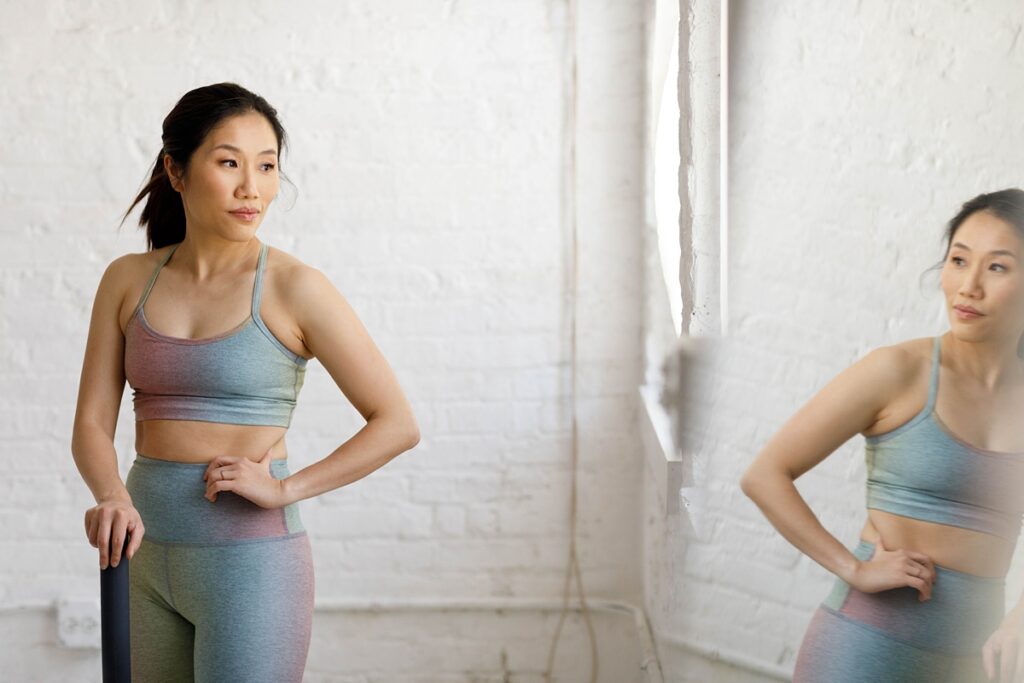
I’ll determine if these pictures are best created in your space, my studio, or location during the getting-to-know-you period. It’s human nature to want to see where the magic is made, so I always encourage clients to have their photos taken in their natural environment. Whether a therapist in their home office, a baker in their kitchen, or a yoga instructor in their studio, letting your audience peek behind the curtain develops trust and fosters intimacy with them. However, the studio is an excellent option if you don’t have a place you feel comfortable sharing with the public. With beautiful light and a blank canvas, you’ll have abundant flexibility to create images for your brand.
What to do with your brand pictures?
It’s become quite popular for people to be interested in the story behind their products. They also love to know how and where they’re made.. These intricate details give brands a unique character that customers enjoy. The photos can be utilized in various ways, such as websites, social media, and newsletters to promote your work and share your images.
How long does a brand photoshoot last?
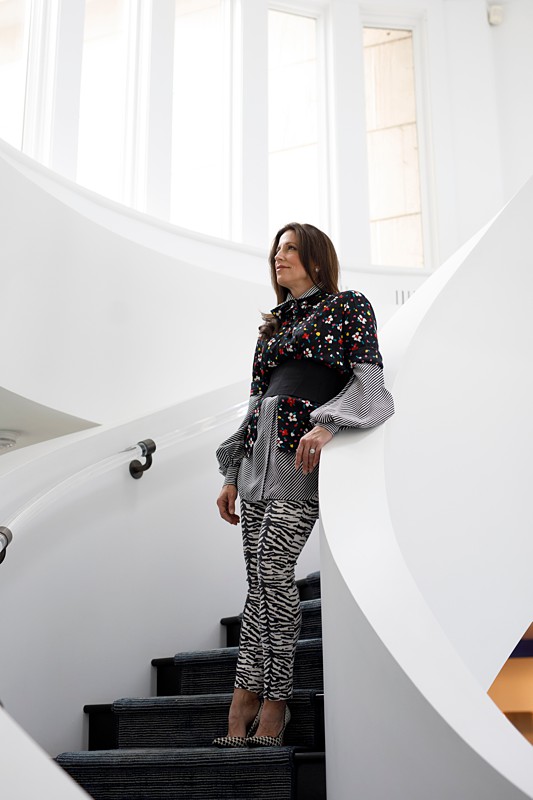
The amount of time required for creating your branding photos will depend on the scale of your vision. If you are working alone, you may only require an hour or two to capture your content. However, larger businesses looking to revamp their online presence may require a half-full day or more. All brands need professional photos of their leaders, workspace, and demo photos that showcase their creations and location. For instance, a dermatology practice should have pictures of their staff, workspace, demonstration photos, and essential products or devices used.
When you work with me as your photographer, we’ll start by talking one-on-one to create a game plan. We’ll brainstorm a shot list and discuss what sort of vibe you want to convey. This consult will help determine how much time we’ll need to budget. Often, photographers offer an hourly rate, a day rate, or pre-arranged packages at a bundled price.
You also should consider a retaining fee with your photographer, which would cover additional photoshoots on a monthly or quarterly basis to create updated material–idea growing and maintaining a community of fans.
“Fans, true fans, are hard to find and precious. Just a few can change everything. What they demand, though, is generosity and bravery.” -Seth Godin, Marketing Strategist and co-creator of the Ted Conference.
Why hire a professional photographer for branding photos?
Phone cameras have greatly improved, making taking stunning photos at your fingertips easier. However, capturing great content requires more than just a good camera. A professional photographer understands how to create a collection of images that are visually cohesive and reflect your style and personality. Factors such as lighting, background, lens choice, setting, movement, and post-production all contribute to the final product, taking your photos to the next level and creating a unique and captivating set of images.
How often should you update brand pictures?

The frequency at which you create new content determines the need for updating your professional images. If you are the product, regularly updating your images is advisable to keep your audience engaged with new developments. The same applies if you create new work regularly. You may consider hiring a photographer on a monthly or quarterly retaining fee to have updated material. If you frequently generate new products like a ceramic artist or baker and require new photos on the same background, you can hire a photographer to advise you on a setup that you can use independently while still hiring them for more complex scenarios.
How much does branding photography cost?
If you want to strengthen your reputation and connection with your audience, consider investing in professional photography. The cost of these services can vary, with hourly rates starting at $600 and full-day rates going up to $4,000.
Interested in a session? I would love to connect with you and learn about your work! Contact me here or see more portrait examples here. I would love
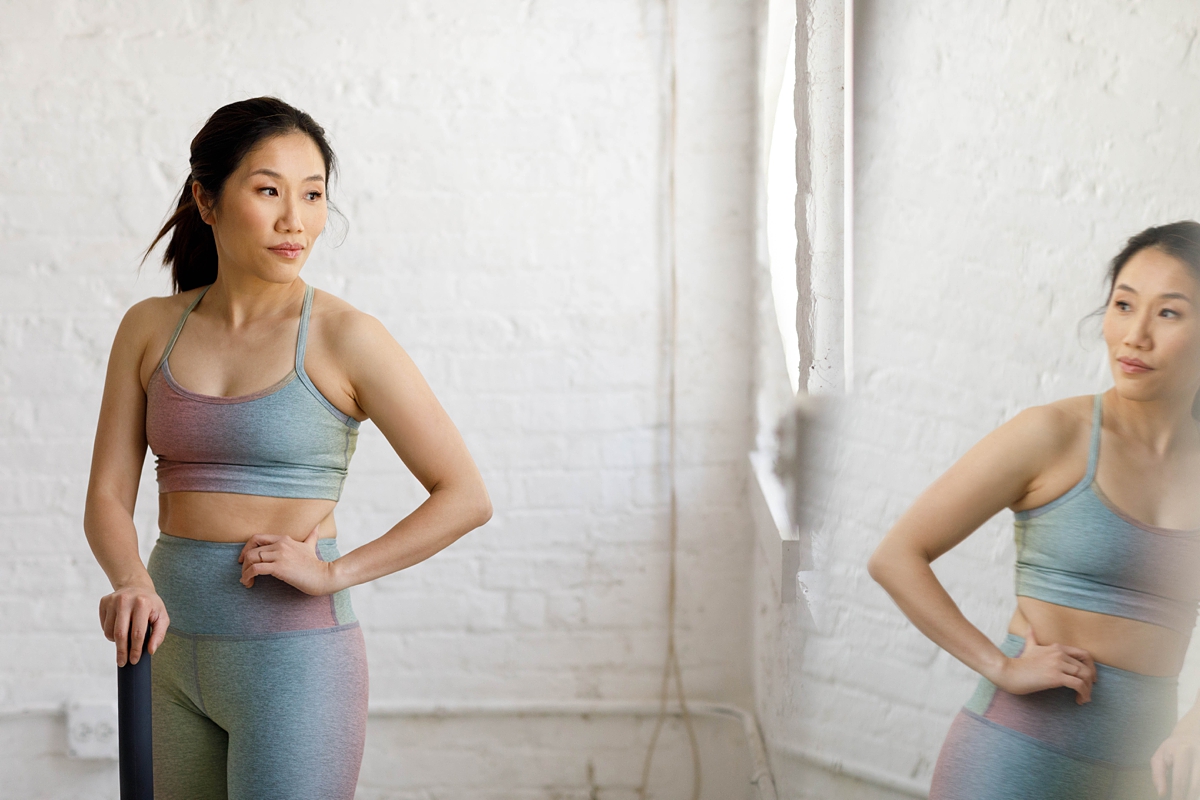
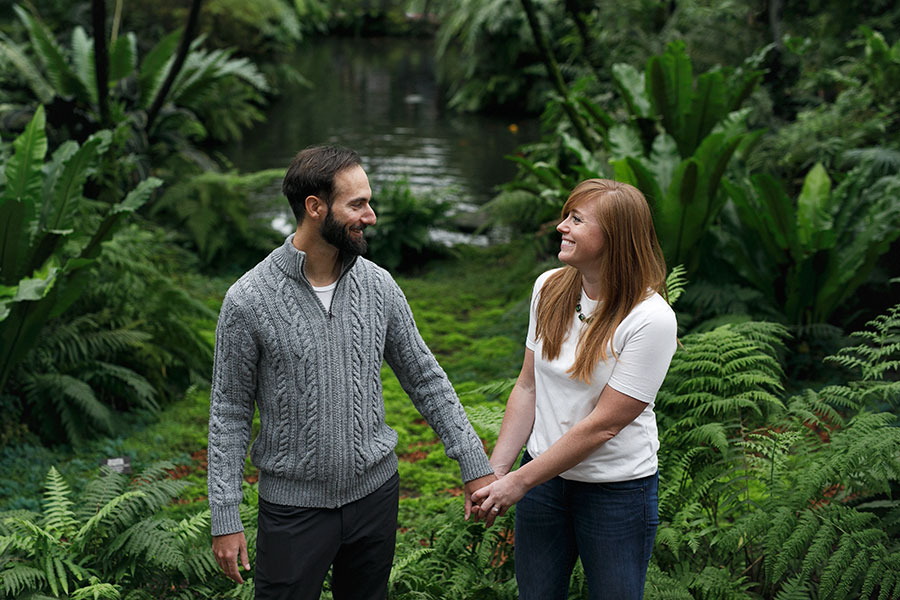

 Avoid rush hour and you’ll hear your footsteps echoing off the limestone walls of the Great Hall. Designed by one of Chicago’s most famous architects Daniel Burham in the Beaux-Arts style, it reflects the predominant architecture throughout Chicago. Inspired by Roman and Greek forms, you’ll find plenty of cornices, arches, and pediments to pose in front of for a classic, timeless background. The skylight ceiling creates soft, even light, diffused by the limestone walls harvested from quarries in neighboring Indiana. If you do run into issues taking pictures inside, head to the entrance on the west side of the canal where you’ll find cover from wind, rain, and snow among rows of columns.
Avoid rush hour and you’ll hear your footsteps echoing off the limestone walls of the Great Hall. Designed by one of Chicago’s most famous architects Daniel Burham in the Beaux-Arts style, it reflects the predominant architecture throughout Chicago. Inspired by Roman and Greek forms, you’ll find plenty of cornices, arches, and pediments to pose in front of for a classic, timeless background. The skylight ceiling creates soft, even light, diffused by the limestone walls harvested from quarries in neighboring Indiana. If you do run into issues taking pictures inside, head to the entrance on the west side of the canal where you’ll find cover from wind, rain, and snow among rows of columns. No others on this list even come close to the sheer amount of natural light pouring through the mostly glass modern wing of the Chicago Art Institute. A favorite among local photographers, with colorful artwork and skyline views that make for a perfect opportunity for silhouettes, it’s no wonder. Just know, access can be spotty. Like many locations on this list, discretion is key. Have a plan B, just in case. Or better yet, check out location #5 or #7.
No others on this list even come close to the sheer amount of natural light pouring through the mostly glass modern wing of the Chicago Art Institute. A favorite among local photographers, with colorful artwork and skyline views that make for a perfect opportunity for silhouettes, it’s no wonder. Just know, access can be spotty. Like many locations on this list, discretion is key. Have a plan B, just in case. Or better yet, check out location #5 or #7. Walking beneath the 38-foot Tiffany Glass Dome designed by
Walking beneath the 38-foot Tiffany Glass Dome designed by  For a low-key vibe when the weather’s not on your side, you can always retreat to any number of local bars, coffee shops, or restaurants throughout the city. If you time it right and keep a low profile, most places are pretty chill about letting you take some photos, especially if you buy a thing or two while you’re there. To play on the safe side, call beforehand and ask about popping in during off-hours.
For a low-key vibe when the weather’s not on your side, you can always retreat to any number of local bars, coffee shops, or restaurants throughout the city. If you time it right and keep a low profile, most places are pretty chill about letting you take some photos, especially if you buy a thing or two while you’re there. To play on the safe side, call beforehand and ask about popping in during off-hours.

 Highlights: Natural light. Architecture. Covered outdoor section.
Highlights: Natural light. Architecture. Covered outdoor section.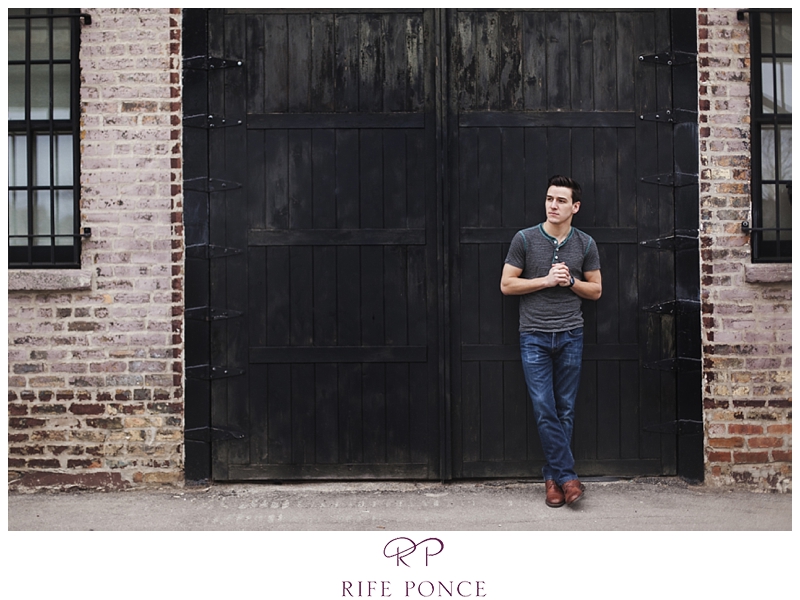







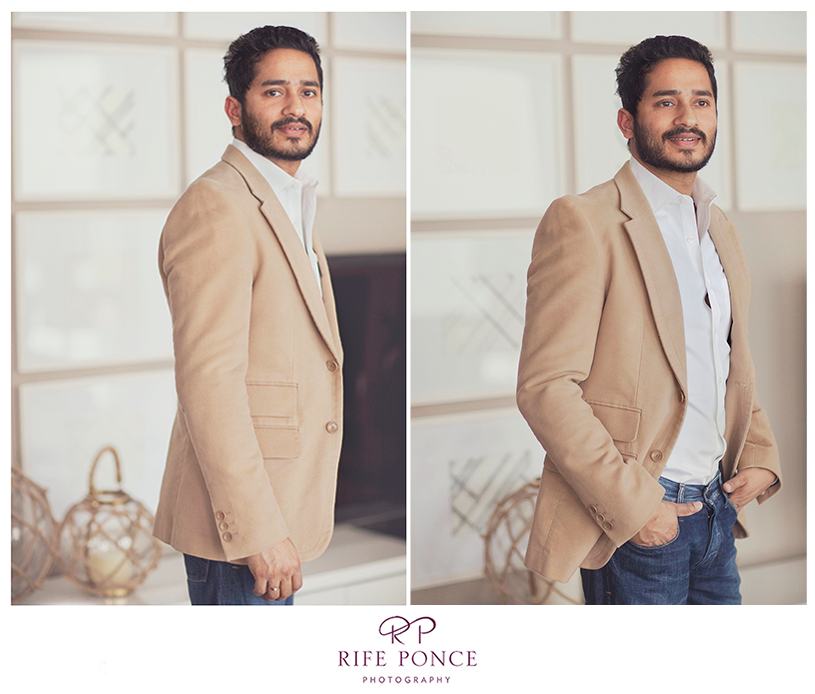





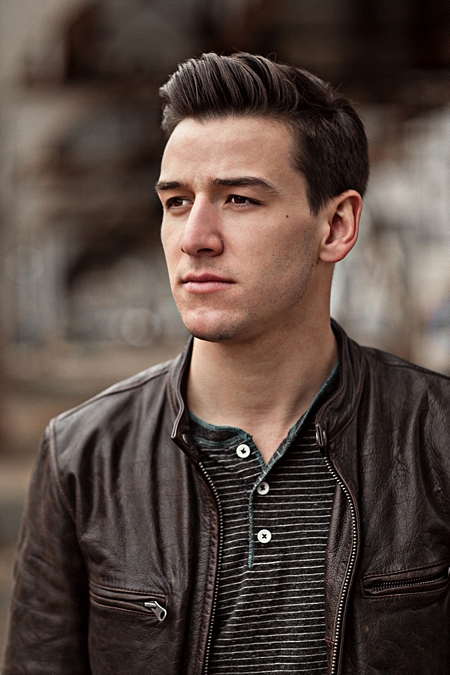
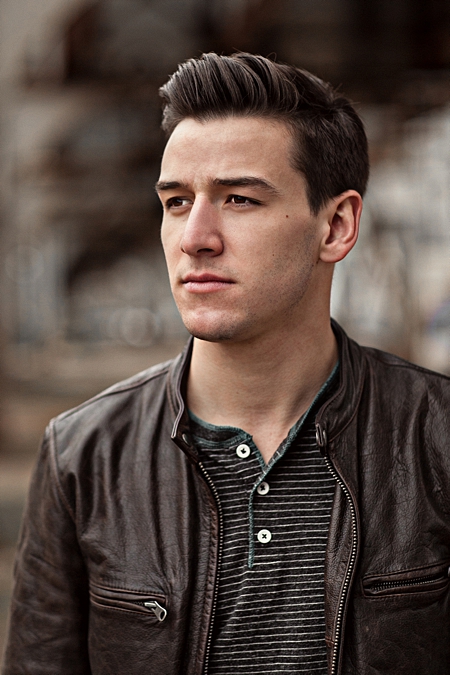 Levitt).
Levitt).






















































